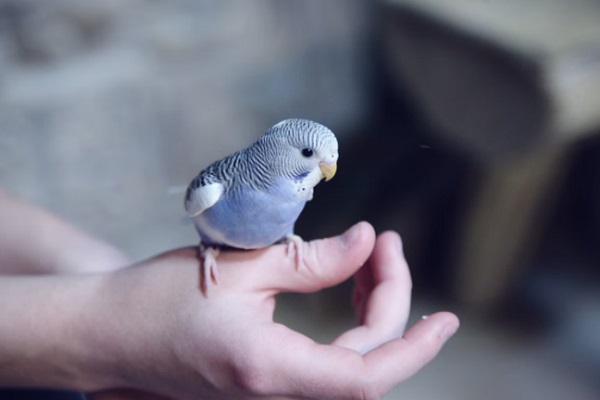There is no doubt that information technology will determine the future of humanity, but who can say how it will affect man's furry (and not so furry) friends?
Some pets have already had positive experiences with technology that people typically use. Here are seven technologies that animals can use.
7. Video calls
Chatty pet parrots help their owners feel less lonely, but the parrots themselves can get bored without their fellows. In nature, parrots are social birds that live in large flocks.
In 2023, scientists from Northeastern University in Boston, the University of Glasgow, and the Massachusetts Institute of Technology tackled the problem of parrot loneliness. To do this, the owners of 18 parrots taught their pets video calls in two weeks.
After reviewing more than 1,000 hours of footage, the researchers were surprised by how smart the parrots were. The birds realized that their video-call partner was not a picture or a pre-recorded video. Many parrots called the same friend multiple times. Some sang, played, and showed off their toys, while others showed off their flying and foraging skills.
6. Podcasts for dogs
In 2023, even man’s best friends have a special podcast designed to calm them down when their owners are away. Alex Benjamin, a psychologist at the University of York, helped create it. She conducted a study called “Who’s a Good Boy,” which looked at the effects of human voices on dogs’ behavior. Benjamin used her findings to consult on the creation of “My Dog’s Favorite Podcast” on Spotify.
The podcast features actors praising dogs and telling them stories in soothing voices accompanied by soft music.
5. AI feeders for animals
While automatic pet feeders have been around for a long time, next-generation prototypes are now being developed using cutting-edge technology. For example, a YouTube video posted in April 2023 shows a product called Companion that uses AI to feed, socialize, and even train dogs.
The data the device collects about the dog's daily routine and habits will allow the owner to receive early warnings about serious health problems that may arise in the pet.
Companion is scheduled for release in 2025
4. Streaming Music for Cats
It turns out that cats like music. Music written especially for them, of course. A study conducted by psychologists at the University of Wisconsin compared newly composed “cat” music to a pair of classical pieces. And it turned out that cats clearly responded only to cat music and did not respond at all to classical music.
The finished works, which included instrumental imitations of cat purrs and meows, were released as albums and available for streaming online.
3. Watching TV
In 2018, marine biologists in Florida decided to improve the lives of 16 rescued dolphins. To do this, they turned to television. And most of the dolphins liked the idea, demonstrating it by pressing their heads against the screen.
But some viewers were bored or even angry, as evidenced by head twitching and bubble blowing. The study found that, like other intelligent mammals including cats, dogs and chimpanzees, dolphins are interested in moving images. And each dolphin has its own preferences for what to watch on TV.
2. Simple and complex video games
A study published in 2021 found that pigs can play simple video games. They learned to associate the movement of a joystick with the movement of virtual objects on the screen well enough to play the game consciously.
By pressing their snouts on the joystick, they moved the on-screen cursor to a virtual wall. At first, the pigs were rewarded with food for completing levels of the game. However, the animals continued to play even after the food dispenser broke. This could be due not only to the feeling of pleasure, but also to the fact that the experimenters encouraged them verbally.
How about being beaten at a game of chimps, Elon Musk? Yes, some primates can beat humans. But only little humans, ages 3-6. That's according to a 2015 study that compared four adult chimps to 12 human children and four adults.
Participants in the study were tasked with solving a series of virtual reality mazes, ranging from easy to difficult. Overall, the animals were able to solve the mazes in the same amount of time as the children. And one 22-year-old female chimpanzee outperformed all her child competitors by finding a way out of the most difficult mazes.
Primatologists say that, unlike pigs but like humans, chimps are curious and intrinsically motivated to learn more about the world. Given enough time, they could learn to play much more complex games.
1. Use of prostheses
Oddly enough, this is one of the oldest studies on the list. In 2011, scientists trained monkeys to use their brain waves to control a virtual hand on a computer screen. Using only the electrical activity of their brains, two rhesus macaques effectively controlled the hand and even felt the texture of objects on the screen thanks to feedback sent to their brains.
The research was aimed at benefiting humans, demonstrating that an artificial limb can be simultaneously controlled and given texture information about what it touches, just like a normal limb. It is one of the most unusual examples of animal-technology interaction to date.














Оставить Комментарий